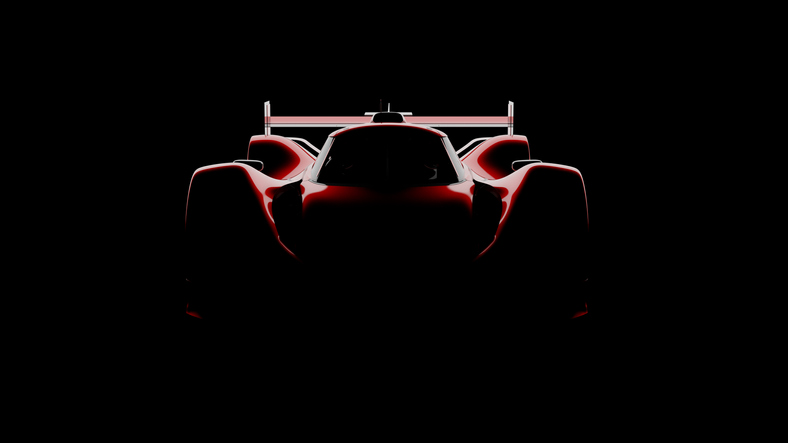Automotive advertising has been an integral part of our culture for decades, captivating
audiences with sleek designs, powerful engines, and the promise of freedom on the open road.
From print ads to television commercials, the automotive industry has consistently pushed the
boundaries of creativity to showcase their products in the best possible light. In today’s digital
age, the landscape of automotive advertising is evolving once again, adapting to new
technologies and consumer behaviors.
The Evolution of Automotive Advertising
From Print to Screen: Automotive advertising has come a long way from its print-based origins. Early advertisements relied on magazine spreads and billboards to capture the essence of a brand or vehicle. With the advent of television, cars were brought to life through dynamic visuals and memorable jingles. Today, the focus has shifted to digital platforms, where brands harness the power of social media, streaming services, and online content to reach their target audiences.
Telling Stories: Modern automotive advertising is all about storytelling. Brands no longer just tout specs and features; they create narratives that resonate with consumers’ emotions. Advertisements often depict aspirational lifestyles, epic journeys, and moments of connection. These stories humanize the vehicles and forge stronger bonds between consumers and brands.
Key Strategies in Automotive Advertising
Embracing Technology: The automotive industry has always been at the forefront of technological innovation, and this extends to advertising as well. Augmented reality (AR) and virtual reality (VR) are used to provide immersive experiences where consumers can virtually test-drive cars or explore their interiors. Interactive online configurators allow potential buyers to customize vehicles to their preferences, enhancing engagement.
Social Media Influence: Social media platforms are a goldmine for automotive advertisers. Brands engage with users on platforms like Instagram, Facebook, and TikTok, using visually appealing content and influencer collaborations to build excitement around their products. User-generated content campaigns encourage customers to share their own experiences, fostering a sense of community.
Sustainability and Social Responsibility: With growing environmental consciousness, many automotive brands are emphasizing their commitment to sustainability and ethical practices. Advertisements highlight fuel efficiency, electric models, and eco-friendly manufacturing processes. Connecting with consumers’ values can create a positive brand image and resonate with a wider audience.
Navigating the Digital Terrain
Data-Driven Insights: Digital advertising provides a wealth of data that can be used to refine strategies. Brands can track user interactions, click-through rates, and conversion rates to measure the effectiveness of campaigns. This data-driven approach allows for continuous optimization and the ability to target specific demographics with tailored content.
Challenges and Opportunities: While digital advertising opens new doors, it also presents challenges. Ad-blockers, ad fatigue, and the need for ad personalization are hurdles that brands must overcome. However, these challenges also present opportunities to think creatively and provide value-driven content that users genuinely enjoy engaging with.
In Conclusion, automotive advertising continues to evolve in response to technological advancements and changing consumer behaviors. From print ads to digital experiences, the industry has mastered the art of storytelling to connect with audiences on a deeper level. With the power of technology and data-driven insights, automotive advertisers are finding innovative ways to captivate and engage consumers in the digital age. As the automotive landscape transforms, so too does the way we experience and interact with the vehicles that shape our lives.
